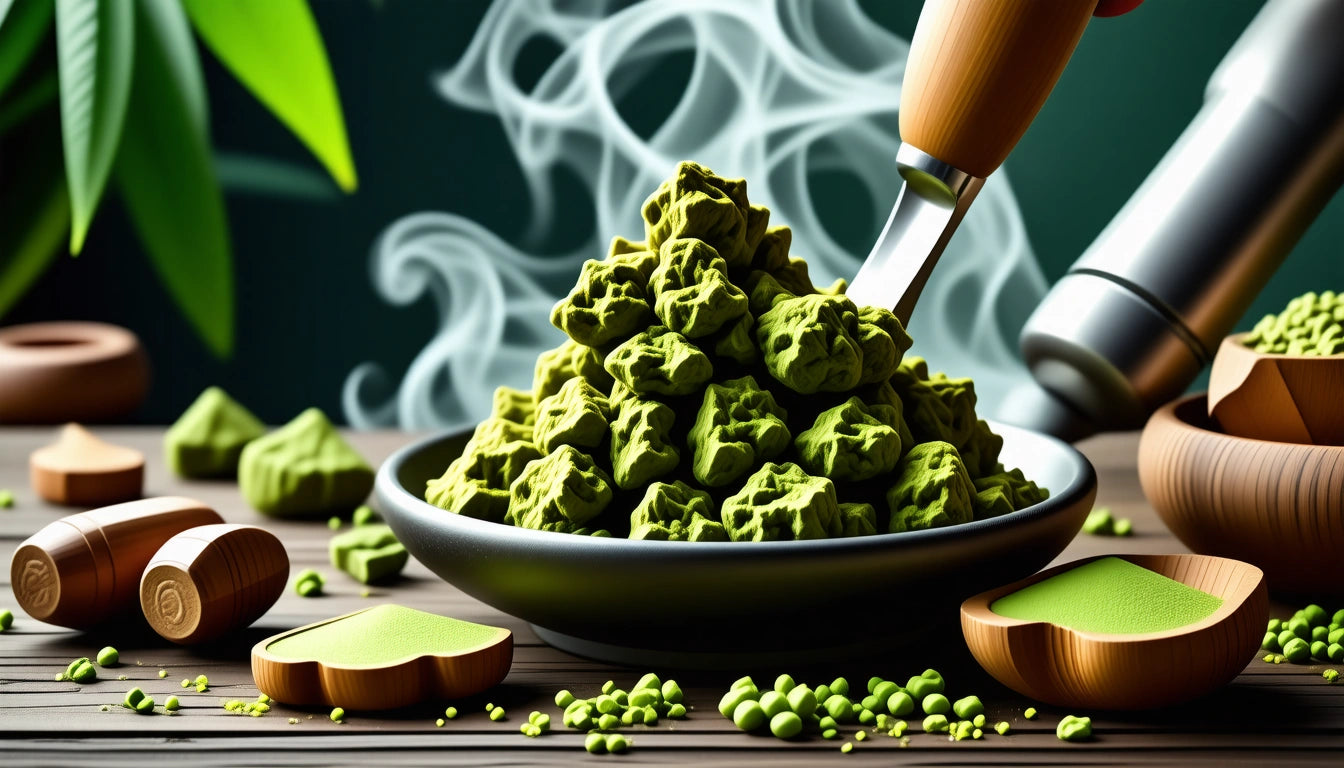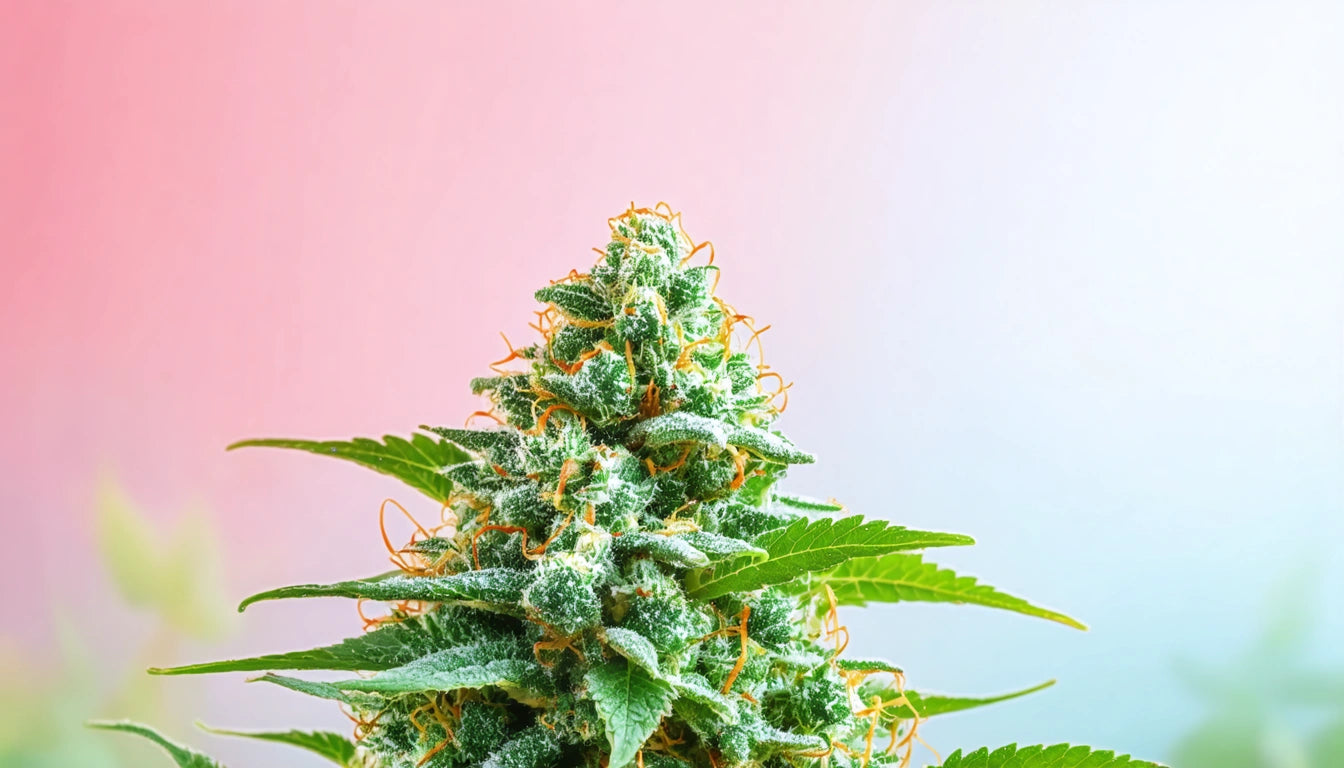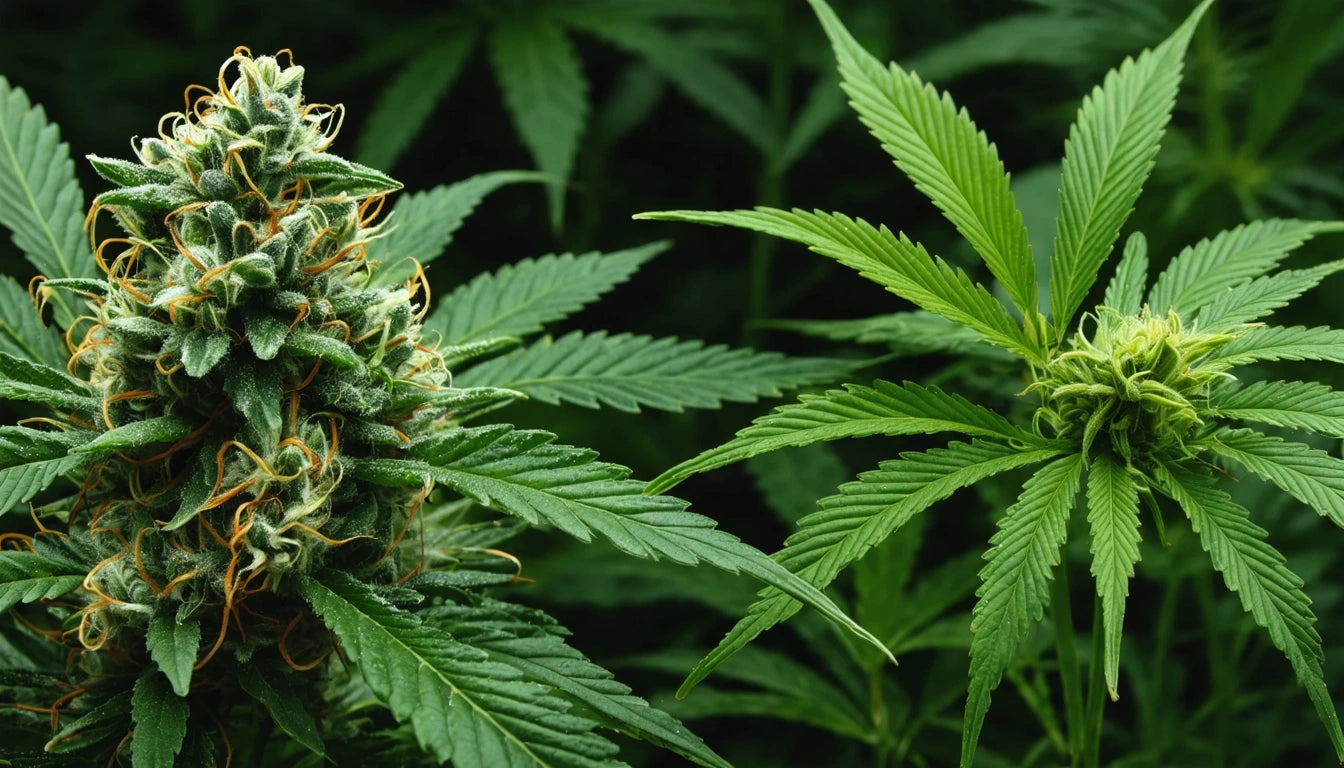Table of Contents
- What is Hashish: Definition and Historical Background
- Where Does Hashish Come From: Geographical Origins
- What is Hashish Made Of: Composition and Properties
- How is Hashish Made: Traditional and Modern Methods
- What Does Hashish Look Like: Appearance and Varieties
- Hashish vs Other Cannabis Products: Key Differences
- The Future of Hashish: Innovation and Evolving Production Techniques
Understanding Hashish: Origins, Composition, and Production
Hashish, often simply called hash, represents one of the oldest and most revered cannabis concentrates in human history. This potent substance has traveled through centuries of cultural evolution, religious ceremonies, and medicinal applications. Understanding what hashish is made of, how it's produced, and where it originates provides valuable insights into this concentrated form of cannabis and its place in both historical and contemporary contexts.
What is Hashish: Definition and Historical Background
Hashish is a concentrated cannabis product composed primarily of trichome glands that contain the plant's cannabinoids, terpenes, and flavonoids. These trichomes are separated from the cannabis plant material and compressed to form a potent concentrate. Understanding hash composition reveals that it typically contains higher concentrations of THC and other cannabinoids than traditional cannabis flower.
Historically, hashish use dates back thousands of years, with evidence suggesting its consumption in Central Asia and the Middle East as early as 900 CE. Ancient texts from various cultures reference hash as a medicinal substance and spiritual aid, demonstrating its significant cultural importance throughout history.
Where Does Hashish Come From: Geographical Origins
Hashish production has deep roots in several regions around the world. Traditionally, countries along the Hindu Kush mountain range, including Afghanistan, Pakistan, and Northern India, have been renowned for their hash production. Morocco has emerged as one of the world's largest producers of hashish, particularly in the Rif Mountains region.
Lebanon's Bekaa Valley has historically produced high-quality hashish, while Nepal and other Himalayan regions have their own traditional methods of production. In modern times, hashish production has spread globally, with North American and European markets developing their own production techniques and standards.
What is Hashish Made Of: Composition and Properties
Hashish is primarily made from the resin glands (trichomes) of the cannabis plant. These trichomes contain:
- Cannabinoids: Including THC, CBD, CBN, and others
- Terpenes: Aromatic compounds that give hash its distinctive smell and contribute to its effects
- Flavonoids: Plant compounds that contribute to taste and color
- Plant waxes and lipids: Natural components that affect consistency and burning properties
The cannabinoid profile of hashish typically shows higher concentrations than flower, with THC levels potentially reaching 40-60% in high-quality products, compared to 15-25% in premium flower. This concentration explains the potent effects associated with hash consumption.
To maintain optimal freshness and prevent degradation of these compounds, proper humidity control solutions are essential for both producers and consumers looking to preserve the quality of their hashish products over time.
How is Hashish Made: Traditional and Modern Methods
Traditional Hand-Rubbing Method
One of the oldest techniques for making hashish involves rubbing living cannabis plants between the hands. The resin sticks to the skin and is then scraped off and compressed. This labor-intensive method is still practiced in regions of India and Nepal, producing charas, a traditional form of hash.
Dry-Sifting Technique
Dry-sifting involves shaking dried cannabis over fine screens to separate trichomes from plant material. The hash-making process through dry-sifting allows for multiple grades of hash based on screen size and purity. The collected resin is then typically pressed with heat to form solid blocks or balls.
Ice Water Extraction
Modern bubble hash or ice water hash is made by agitating cannabis in ice-cold water, causing the brittle trichomes to break off. The mixture is filtered through progressively finer mesh bags (known as bubble bags), separating the trichomes by size. This step-by-step process results in a clean, potent product that can be pressed or left in its granular form.
Mechanical Separation
Contemporary hash production often employs mechanical methods to separate trichomes, including:
- Drum machines that tumble cannabis over screens
- Rosin presses that use heat and pressure to extract resin
- Automated dry-sift systems for commercial production
Comprehensive hash-making techniques continue to evolve as technology advances, allowing for greater efficiency and higher purity products.
What Does Hashish Look Like: Appearance and Varieties
Hashish varies dramatically in appearance depending on its origin and production method:
- Moroccan hash typically appears as light to dark brown pressed plates or blocks
- Afghan hash often has a dark, almost black exterior with a softer, greenish-brown interior
- Lebanese hash ranges from yellow-blonde to reddish-brown depending on age and quality
- Bubble hash resembles sand or powder in varying shades of blonde to brown
- Charas appears as dark, sticky balls or ropes
The texture can range from brittle and dry to soft and malleable. High-quality hash often has a slight shine from its resin content and may change consistency with heat, becoming softer and more pliable when warmed.
Hashish vs Other Cannabis Products: Key Differences
Comparing hashish to traditional cannabis flower reveals several important distinctions:
- Potency: Hash typically contains 2-3 times the THC concentration of flower
- Consumption methods: Hash can be smoked, vaporized, or incorporated into edibles
- Flavor profile: Hash often has a more concentrated, complex flavor
- Effects: Many users report a more intense, potentially longer-lasting experience
- Storage requirements: Hash generally has a longer shelf life than flower when stored properly
Other concentrates like hash oil differ from traditional hashish in their extraction methods, which often use solvents rather than mechanical separation. This results in different consistencies, potencies, and consumption methods.
The Future of Hashish: Innovation and Evolving Production Techniques
As cannabis legalization expands globally, hashish production continues to evolve. Modern innovations include:
- Solventless extraction technologies that preserve terpene profiles
- Standardized potency testing and labeling for consumer safety
- Artisanal hash production focused on strain-specific characteristics
- Integration of traditional methods with modern quality control
The future of hashish likely includes greater refinement in production techniques, expanded culinary applications as seen in hash-infused edibles, and continued cultural appreciation for this ancient cannabis concentrate. As our understanding of cannabinoid science advances, hashish production may increasingly focus on specific therapeutic profiles beyond simple THC potency.
Understanding what hashish is made of, how hashish is made, and where hashish comes from provides valuable context for both recreational users and medical patients seeking to explore this concentrated form of cannabis with thousands of years of human history behind it.











Leave a comment
All comments are moderated before being published.
This site is protected by hCaptcha and the hCaptcha Privacy Policy and Terms of Service apply.